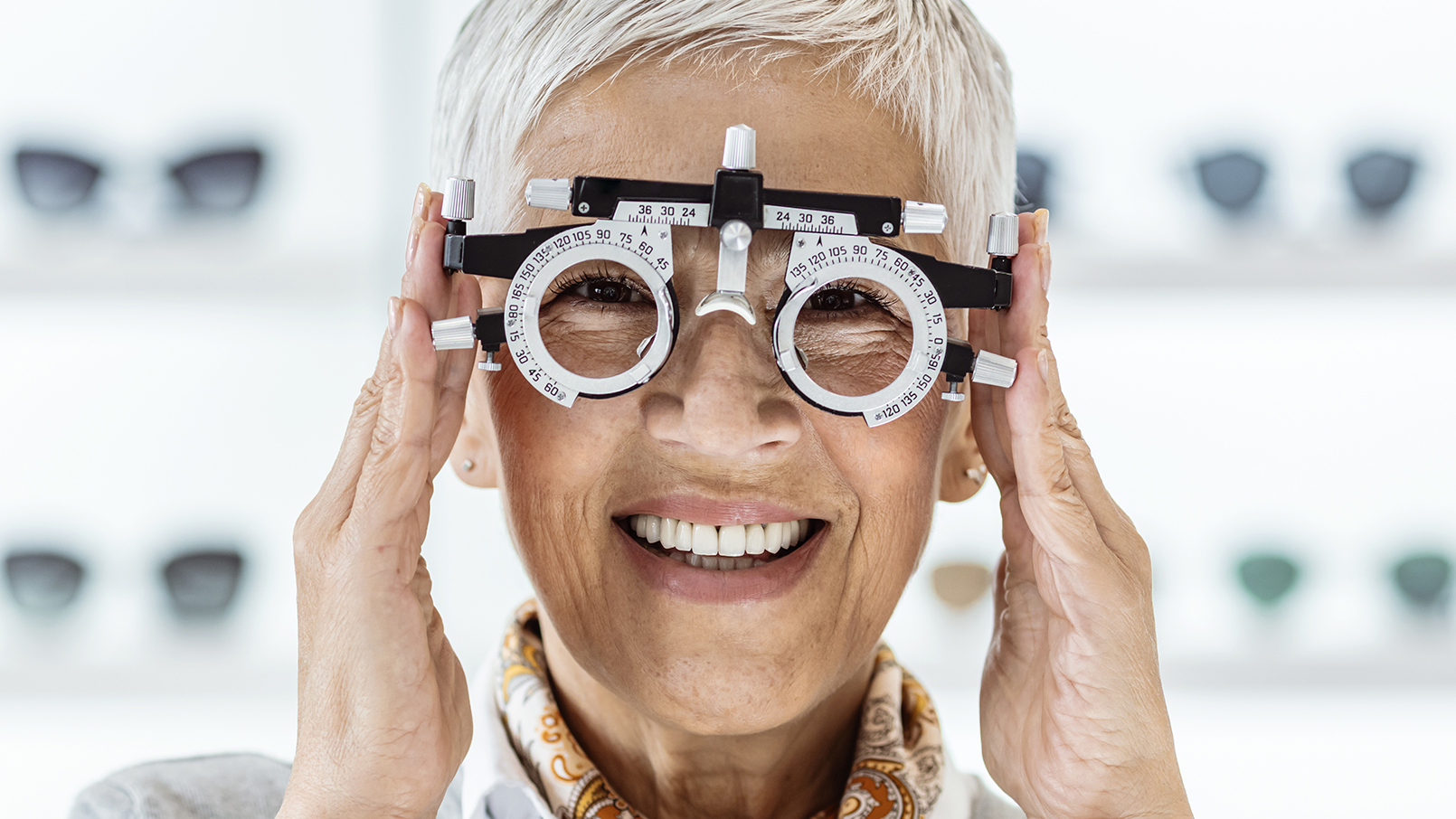Stay Ahead of Vision Loss - Keep an Eye Out for These Early Warning Signs


Age-related changes in your vision include difficulty adjusting to fluctuating levels of light, poorer near vision, and trouble distinguishing colors (typically blue and black). Most people adjust to these changes by improving the lighting in their home and office, or wearing glasses or contacts.
However, some typical, age-related vision changes may actually be signaling something serious. According to the National Eye Institute (NEI), only an eye doctor can determine the difference. Even if your vision is excellent, a regular eye exam is important because it may reveal the presence of a common vision-robbing condition - some of which have no early warning signs.
Age-related macular degeneration (AMD) causes damage to the macula - the area of the retina that controls sharp, central vision. Blurred central vision interferes with reading, cooking, driving, recognizing faces, and other daily activities. You have a higher likelihood of developing AMD if you smoke, are Caucasian, or have a family history of the disease. AMD has no cure, but early detection and treatment may slow the progression.
Cataracts are cloudy areas that develop within the lens of your eye. You may notice haziness, blurriness, or “floaters” in your vision. Older age is the main risk factor, but others include smoking, a previous eye injury or surgery, long-term steroid use, a family history, or significant sun exposure over your lifetime. Some cataracts remain small and don’t require treatment, but larger ones can be removed using a safe and effective surgical procedure.
Diabetic retinopathy develops when persistent high blood sugar damages the tiny blood vessels in your retina, causing them to leak. Symptoms, which include floating dark spots, streaks across your visual field, or changes in acuity, are nonspecific and tend to come and go. Your risk increases the longer you have diabetes, or if your blood sugar isn’t well managed. Treatments such as surgery, injections, and laser therapy can’t repair existing damage, but they may help slow the disease to a degree.
Glaucoma is an umbrella term for a group of diseases that cause vision loss by damaging one or both of the optic nerves, which are responsible for sending visual messages directly to your brain. Glaucoma has no early warning signs. The main symptom in middle-to-later stages is typically described as a gradual loss of peripheral vision. Studies show, however, that glaucoma patients tend to perceive their vision loss as general blurriness or a need for brighter light. Risk factors include a family history, being over age 60 and Hispanic/Latino, or being over age 40 and African American. Treatments such as prescription eye drops, laser therapy, and surgery are effective in slowing progression.
According to NEI, a dilated eye exam every one to two years is the only way to detect eye diseases in their early stages. Ask your primary provider or eye doctor how often you should be checked.